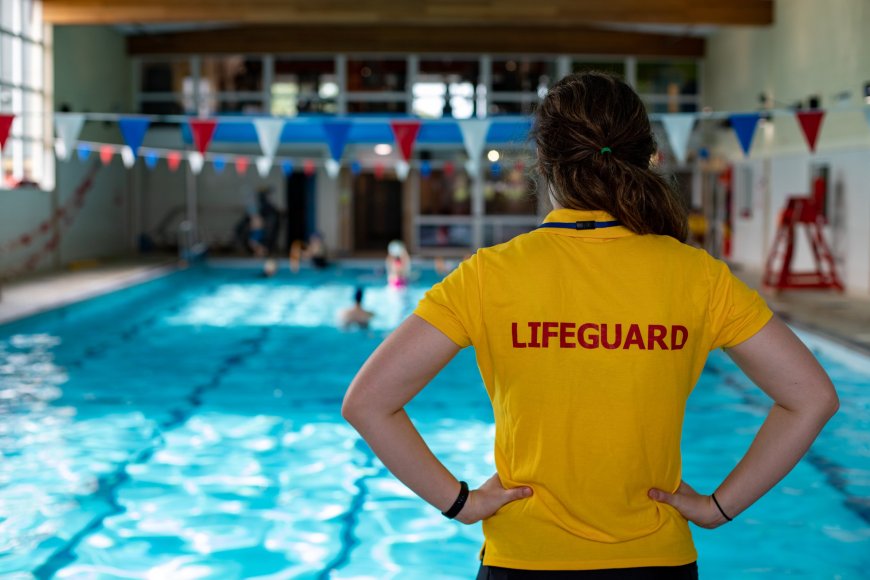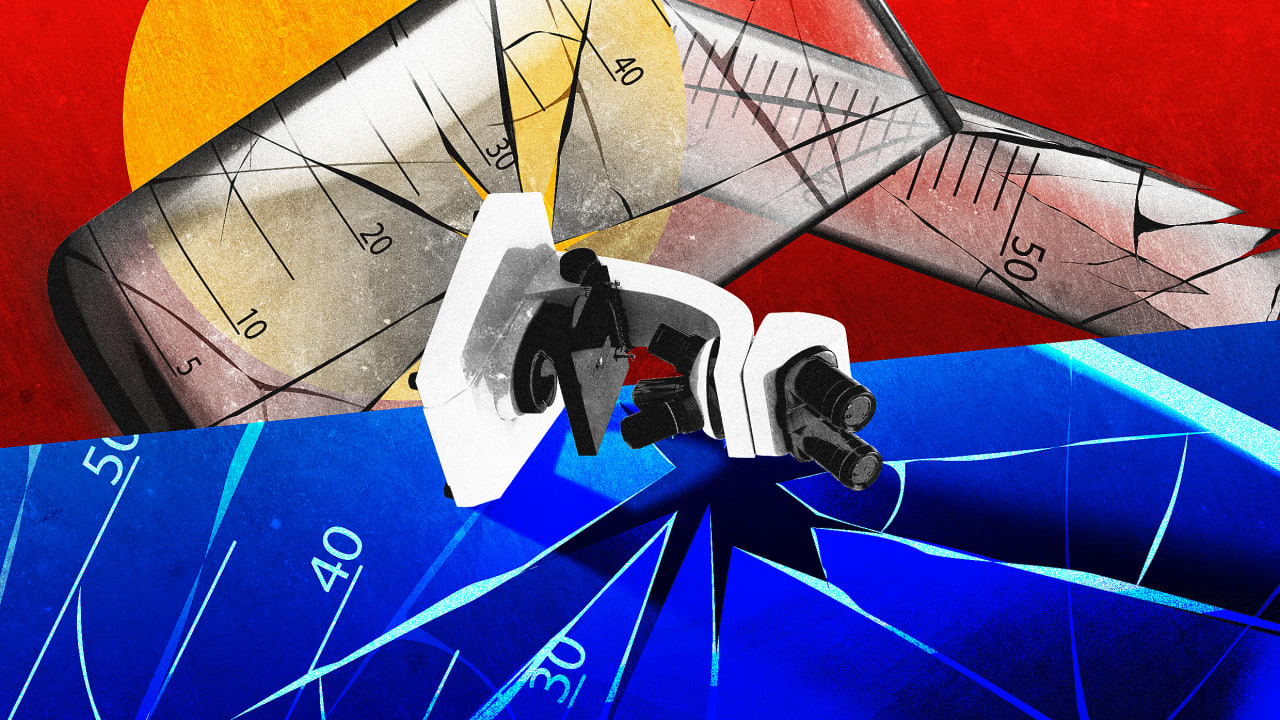Mastering Lifeguard Skills: A Comprehensive Guide
The American Lifeguard Association® is pleased to announce that we have secured a national grant for 2025 to lower our lifeguard and safety training fees. These funds will be available until they are exhausted. The price reflects a special $100 discount due to the grant we received, with our regular price being $385. The funds are limited, so register today to ensure you can take advantage of the grant.

Becoming a professional lifeguard demands more than just the ability to swim. It requires an in-depth understanding of water safety, rescue techniques, first aid, and rapid decision-making. In this comprehensive guide, we explore the critical competencies and practices necessary to become an elite lifeguard, whether for a beach, pool, or aquatic park environment.
Understanding the Role of a Lifeguard
A lifeguard's primary responsibility is ensuring the safety of swimmers and patrons in aquatic environments. This includes preventing accidents, recognizing signs of distress, and executing swift and effective rescue procedures. Moreover, lifeguards play an educational role by enforcing safety protocols and informing guests about potential hazards.
Essential Lifeguard Qualifications and Certifications
Before stepping into the role, candidates must undergo comprehensive Lifeguard training and earn certifications from recognized authorities such as:
-
American Lifeguard USA
-
Lifeguard Certification
-
International Lifeguard Training
-
Royal Life Saving Society (for international roles)
These programs cover CPR, AED usage, first aid, spinal injury management, and water rescue skills. Lifeguards must also maintain their certifications through periodic re-certification and continued education.
Physical Fitness Requirements for Lifeguards
Lifeguards must exhibit peak physical fitness to handle the demanding nature of water rescues. Key physical criteria include:
-
Strong swimming abilities (minimum of 300-500 meters continuously)
-
Treading water without hands for extended periods
-
Quick response time and sprint swimming (often 50 yards under 30 seconds)
-
Strength and stamina to carry adults out of the water
Routine workouts should include swimming laps, rescue drills, strength training, and cardio exercises.
Mastering Rescue Techniques
Being proficient in multiple rescue strategies is vital for every lifeguard. The following are essential:
Active Victim Rescues
Victims who are conscious but panicking require quick approach and support. Lifeguards must maintain distance to avoid being grabbed and use rescue tubes or buoys to aid flotation.
Passive Victim Rescues
Unresponsive individuals need careful approach techniques, including head splint and in-water resuscitation procedures.
Submerged Victim Recovery
These rescues demand exceptional breath control, diving skills, and strength. Training focuses on reaching depths, securing victims, and performing extrication maneuvers efficiently.
Multiple Victim Rescues
In high-casualty situations, triage and prioritization skills are critical. Lifeguards must identify who needs immediate help and execute multiple rescues with limited resources.
First Aid and Emergency Response Protocols
First aid is a lifeguard’s frontline tool. Situations range from minor cuts and heat strokes to cardiac arrest and spinal injuries. Proficiency in the following is essential:
-
Cardiopulmonary Resuscitation (CPR) for adults, children, and infants
-
Automated External Defibrillator (AED) operations
-
Oxygen administration
-
Spinal injury stabilization using backboards
-
Treatment of jellyfish stings, sunburn, fractures, and dislocations
Lifeguards must remain calm under pressure, coordinate with emergency medical services, and maintain clear documentation of all incidents.
Surveillance Strategies and Scanning Techniques
Preventing accidents is far more efficient than responding to them. Lifeguards must develop effective scanning techniques to monitor swimmers. Key strategies include:
-
Scanning in 10-second intervals
-
Moving head and eyes systematically across the entire zone
-
Avoiding tunnel vision by changing body posture and visual angles
-
Recognizing early signs of distress (non-verbal signals, irregular movement)
Training should include zone coverage drills, simulation exercises, and the use of video reviews for self-assessment.
Communication and Teamwork Skills
Lifeguards rarely work alone. Whether on a busy beach or at a waterpark, clear communication and teamwork are crucial for successful outcomes. This includes:
-
Hand signals and whistle codes
-
Two-way radios in open water environments
-
Emergency action plans (EAP)
-
Role delegation during rescues
Regular mock drills help teams refine their coordination and response times, ensuring smooth execution during real emergencies.
Legal Responsibilities and Ethical Standards
Lifeguards hold a position of legal duty and public trust. Understanding and adhering to legal responsibilities is non-negotiable. This includes:
-
Duty to Act: Once on duty, lifeguards must respond to any emergencies.
-
Negligence and Liability: Failing to perform duties properly can result in legal consequences.
-
Confidentiality: Medical and personal information must be protected.
-
Professionalism: Lifeguards must maintain high ethical standards, avoiding distractions, and treating all individuals with respect and fairness.
Continual Training and Lifelong Learning
Staying at the top of the field requires ongoing skill development. Lifeguards should:
-
Attend refresher courses and workshops
-
Stay updated on the latest rescue techniques
-
Practice scenario-based drills
-
Train in different environments (pools, lakes, oceans)
Involvement in lifeguard competitions can also sharpen skills and build camaraderie among professionals.
Environmental Awareness and Adaptability
Each aquatic environment presents unique challenges. Lifeguards must adapt their approach based on conditions such as:
-
Rip currents and wave patterns (beach lifeguards)
-
Chlorine and visibility levels (pool lifeguards)
-
Water slides and obstacle hazards (waterpark lifeguards)
Understanding weather patterns, hazardous marine life, and peak activity periods enhances the ability to maintain safety and respond swiftly to evolving situations.
From Skill to Mastery
The path to mastering lifeguard skills is a journey of discipline, vigilance, physical readiness, and lifesaving knowledge. As guardians of aquatic safety, lifeguards must embody resilience, adaptability, and leadership. The margin between life and death can be seconds — and only the most prepared lifeguards make the difference.
































































![https //g.co/recover for help [1-866-719-1006]](https://newsquo.com/uploads/images/202506/image_430x256_684949454da3e.jpg)




























![[PATREON EXCLUSIVE] The Power of No: How to Say It, Mean It, and Lead with It](https://tpgblog.com/wp-content/uploads/2025/06/just-say-no.jpg?#)










































